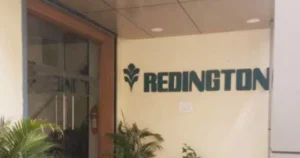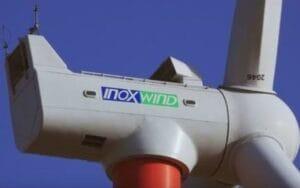1. At a Glance
Kaveri Seed Company is India’s hybrid seed specialist — the kind of business that quietly powers the country’s food chain while everyone else argues over cricket scores. Q1 FY26 was classic Kaveri seasonality — a blockbuster June quarter with₹327 Cr PAT(because farmers actually buy seeds before sowing) and then sleepy numbers in the other quarters. If you judge them in December, you’ll think they’re bankrupt; in June, you’ll think they’re printing money.
2. Introduction
This is a company that has turned seed breeding into a high-margin, low-debt art form. Farmers depend on them, but investors have learned to keep an eye on monsoons, commodity prices, and government MSP policies like hawks.
The stock trades at aP/E of 18.4— not dirt-cheap, not FMCG-rich, but respectable for a business that lives and dies by one big quarter.
3. Business Model (WTF Do They Even Do?)
- Hybrid Seeds R&D– Cotton, maize, rice, bajra, and a bouquet of vegetable crops.
- B2B + B2C– Selling to distributors, retailers, and directly to farmers.
- 12 Agro-Climatic Zones– Field trials and research across 18 states.
- 125+ Hybrids– Engineered for high yield and adaptability.
It’s basically the agricultural version of a fashion house — new season, new hybrids, same customers.
4. Financials Overview
| Metric | Q1 FY26 | Q1 FY25 | Q4 FY25 | YoY % | QoQ % |
|---|---|---|---|---|---|
| Revenue (₹ Cr) | 859 | 803 | 90 | 6.98% | 854.44% |
| EBITDA (₹ Cr) | 338 | 295 | -17 | 14.58% | N/A |
| PAT (₹ Cr) | 327.17 | 291 | -23 | 12.45% | N/A |
| EPS (₹) | 63.39 | 56.28 | -4.46 | 12.64% | N/A |
Commentary:
- That QoQ jump isn’t magic — it’s farming seasonality.
- EBITDA margin at 39% this quarter is what FMCG brands dream of, but it will vanish next quarter.
- Debt? Almost zero. Finance team probably has more time for tea than treasury calls.
5. Valuation (Fair Value RANGE only)
Method 1: P/E Approach
- TTM EPS = ₹61.80
- Reasonable sector P/E ≈ 18–20.
- FV = ₹61.80 × 18–20 ≈ ₹1,110 – ₹1,236.
Method 2: EV/EBITDA
- TTM EBITDA ≈ ₹334 Cr.
- Sector EV/EBITDA ≈ 12.
- Low debt keeps EV close to market cap → FV/share ≈ ₹1,150 – ₹1,200.
Method 3: DCF
- Assuming 5% revenue CAGR, steady margins, discount rate 12%.
- FV ≈ ₹1,100 – ₹1,250.
Educational FV Range:₹1,100 – ₹1,250This FV range is for educational purposes only and is not investment advice.




















